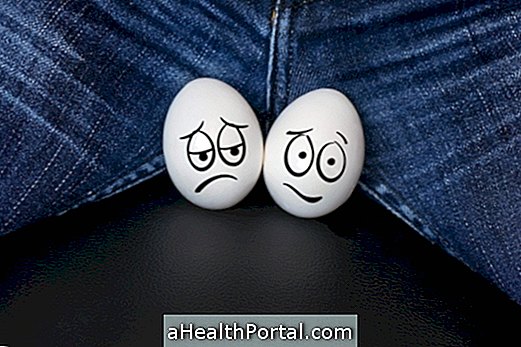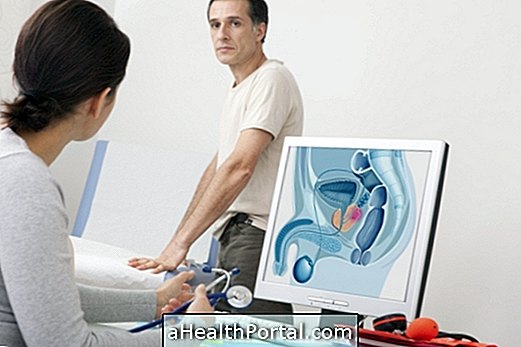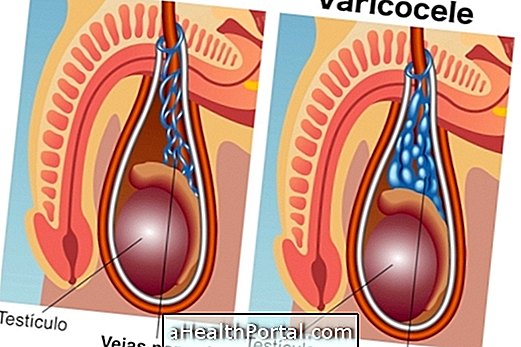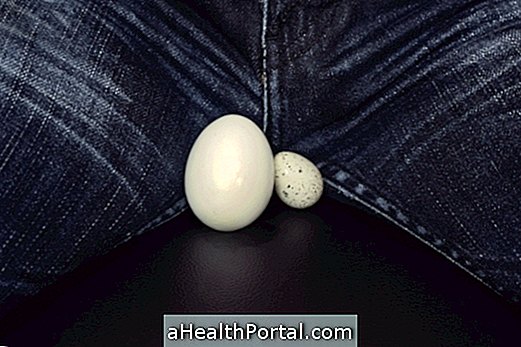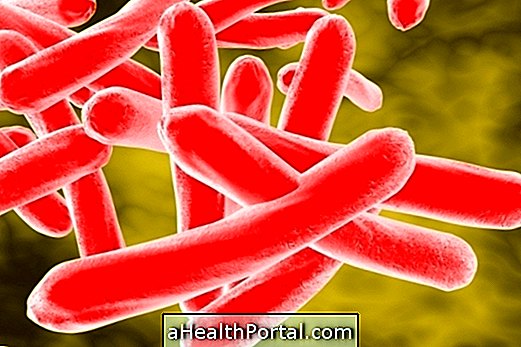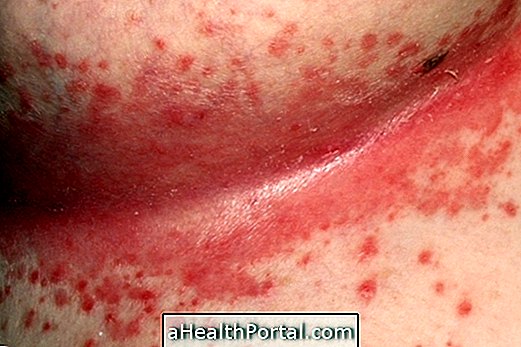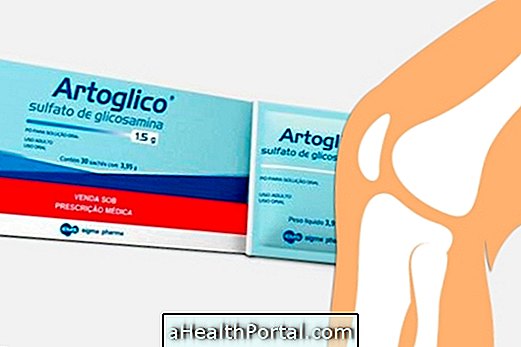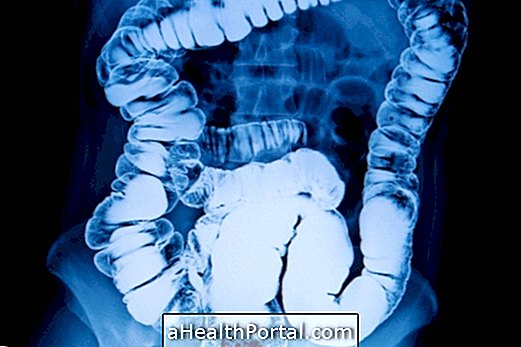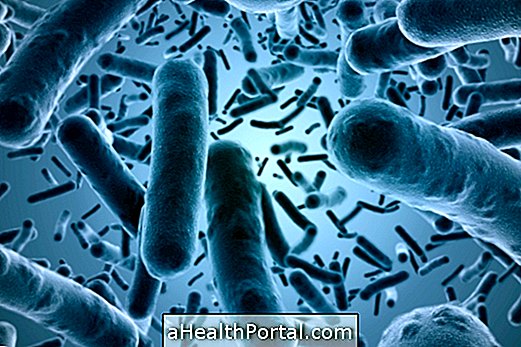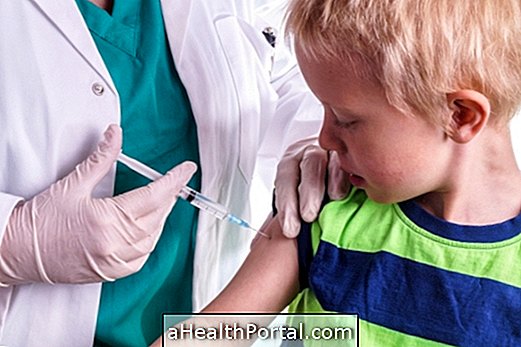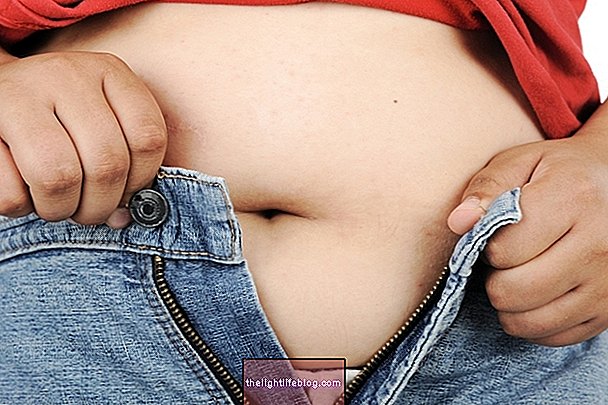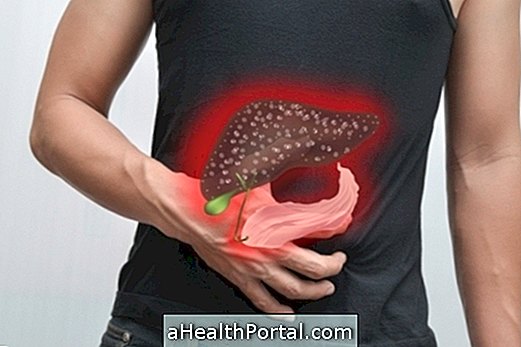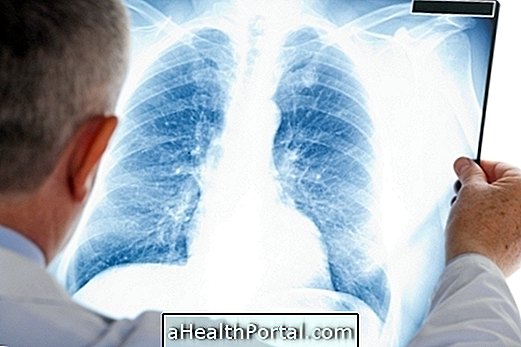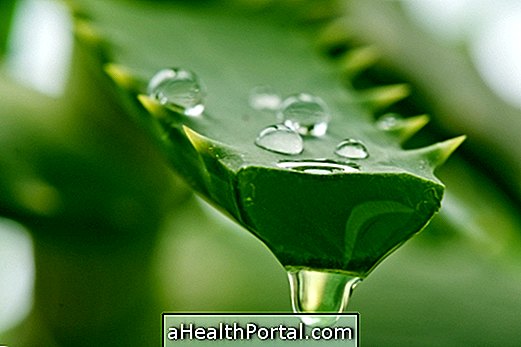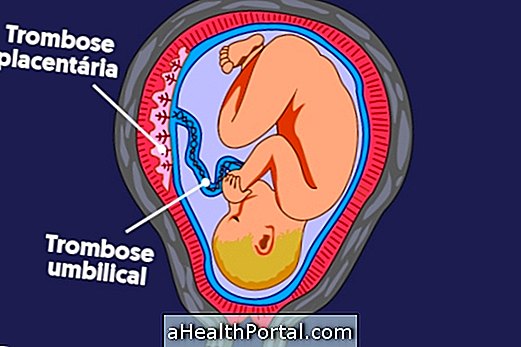Breast cancer can also affect men as it develops in cells that are also present in breast tissue; however, this type of cancer is rare and most affects men between the ages of 50 and 65, especially when there are cases of breast cancer in the family, as a mother or grandmother.
Symptoms and treatment are similar to breast cancer in women and so there is a better chance of cure when the cancer is discovered early, although most are discovered when the disease is more advanced.
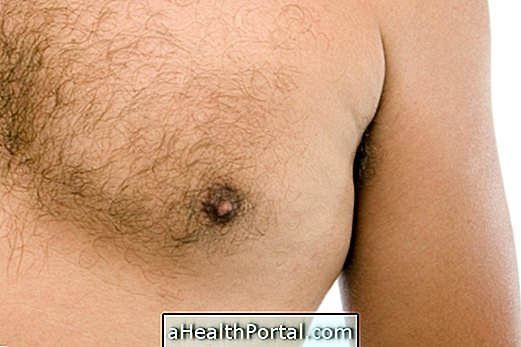
What are the symptoms
The symptoms of male breast cancer include:
- Nodule or lump in the chest, behind the nipple or just below the halo, which does not cause pain;
- Nipple turned inward;
- Pain in a certain area of the chest that appears times after the onset of the nodule;
- Wrinkled or wavy skin;
- Outflow of blood or fluid through the nipple;
- Redness or scaling of the skin of the breast or nipple;
- Changes in breast volume;
- Swelling of the anus in the armpit.
Most breast cancer cases do not have easy to identify symptoms, so men with cases of breast cancer in the family should alert the general practitioner to regular examinations after age 50 to diagnose changes that may indicate cancer. If you feel pain in the breast, see what the other Causes of breast pain in man may be.
How to Identify Breast Cancer in Men
Through self-examination the man can identify a hard lump in the chest region, but other signs such as nipple bleeding and pain are the first symptoms that usually call attention.
The diagnosis of breast cancer in man should be made by the urologist doctor or mastologist through examinations such as mammography, ultrasound of the breast followed by biopsy. See the full list of the most commonly used tests for this type of cancer. The extent of disease is assessed by blood tests, chest x-ray, bone scintigraphy, and abdominal and pelvic CT.
How is the treatment done?
The treatment for breast cancer in humans varies according to degree of development of the disease but is usually started with surgery to remove all affected tissue as well as inflamed inguinale.
When the cancer is very developed, it may not be possible to remove all the cancerous cells and therefore, other treatments such as chemotherapy, radiation therapy or hormone therapy with tamoxifen may be necessary. Learn more about how breast cancer treatment is done.
Does breast cancer in man have a cure?
There are greater chances of cure when the cancer is discovered early, however, more often the discovery is at a later stage. The size of the nodule and the affected ganglia should be taken into account; there is usually a greater chance of death when the nodule is larger than 2.5 cm and several nodes are affected. As in women, black men and those with mutations in the BRCA2 gene have lower chances of cure.
Types of breast cancer in men
The types of male breast cancer can be:
- Ductal Carcinoma In Situ : Cancer cells form in the ducts of the breast, but do not invade or spread out the breast. It is almost always curable with surgery.
- Invasive Ductal Carcinoma : it reaches the duct wall and is developed by adipose tissue of the breast. It can spread to other organs and account for 80% of tumors.
- Invasive Lobular Carcinoma : it grows in adipose tissue of the breast. It's the rarest type in men.
- Paget's disease : begins in the breast ducts and causes nipple crusting, scaling, itching, swelling, redness and bleeding. Paget's disease may be associated with ductal carcinoma in situ or with invasive ductal carcinoma.
- Breast Cancer Inflammatory : is very rare in men and consists of inflammation of the breast that causes its swelling, redness and burning, as opposed to forming a lump.
It is not known exactly what can cause breast cancer in men, but some factors that seem to collaborate are advanced age, benign breast disease previously, testicular disease and chromosomal mutations such as Klinefelter Syndrome, plus the use of anabolic or estrogen, radiation, alcoholism and obesity.
